
How to make jelly roll cake
It's a roll cake made by making a pattern on sponge dough and rolling it with jam
4 serving
Within 120 minutes
요리하는최여사
- Ingredients
-
-
Soft flour400g
-
Sugar520g
-
Eggs680g
-
Salt8g
-
Starch syrup32g
-
Baking powder2g
-
Milk80g
-
vanilla oil4g
-
Jam200g
-
- Cooking Steps
-
STEP 1/17Measure according to the mixing ratio. Improving sugar, and improving starch syrup in the middle, can reduce the loss on the bowl.
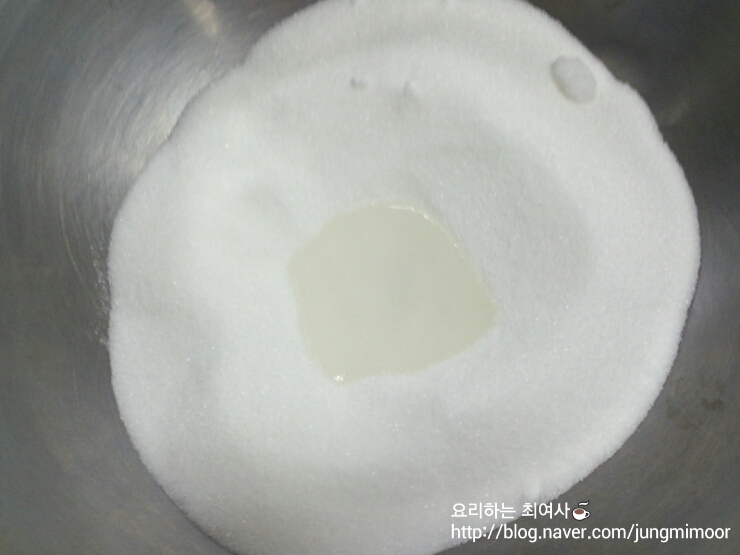 STEP 2/17Beat the eggs, add sugar and salt, and mix with a whisk. At this time, the temperature is about 45 degrees, and you whip it under the kneader
STEP 2/17Beat the eggs, add sugar and salt, and mix with a whisk. At this time, the temperature is about 45 degrees, and you whip it under the kneader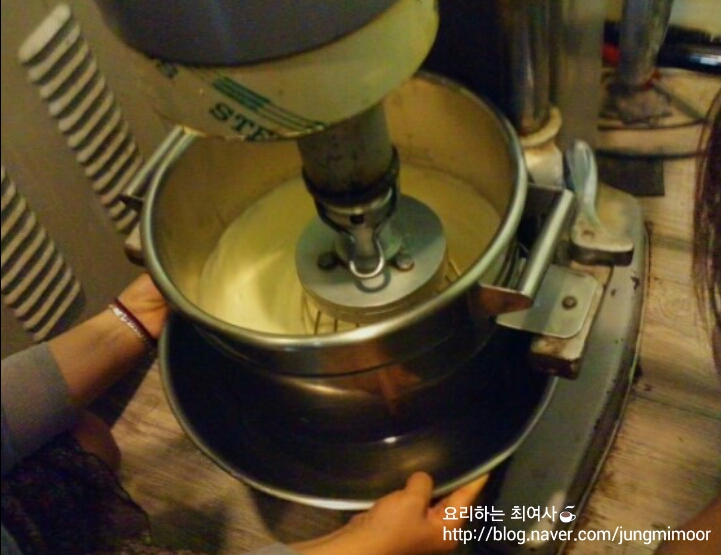 STEP 3/17Mix until you see the whipper marks or there are lines at regular intervals
STEP 3/17Mix until you see the whipper marks or there are lines at regular intervals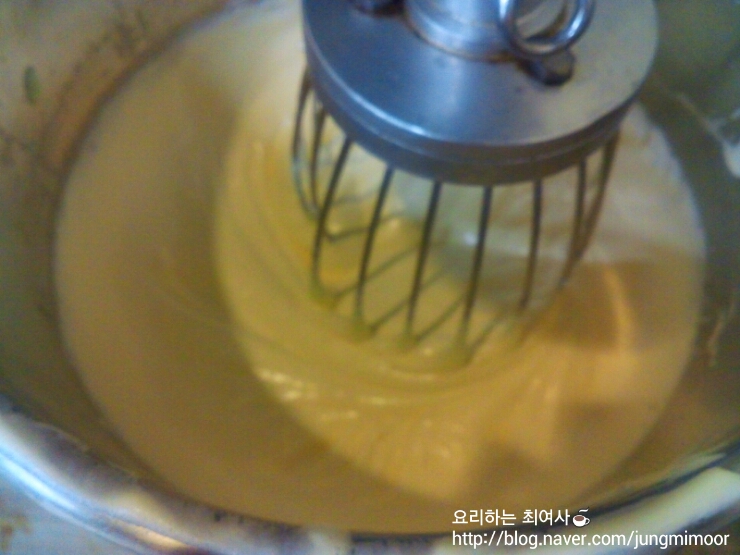 STEP 4/17Transfer the finished dough to a large bowl
STEP 4/17Transfer the finished dough to a large bowl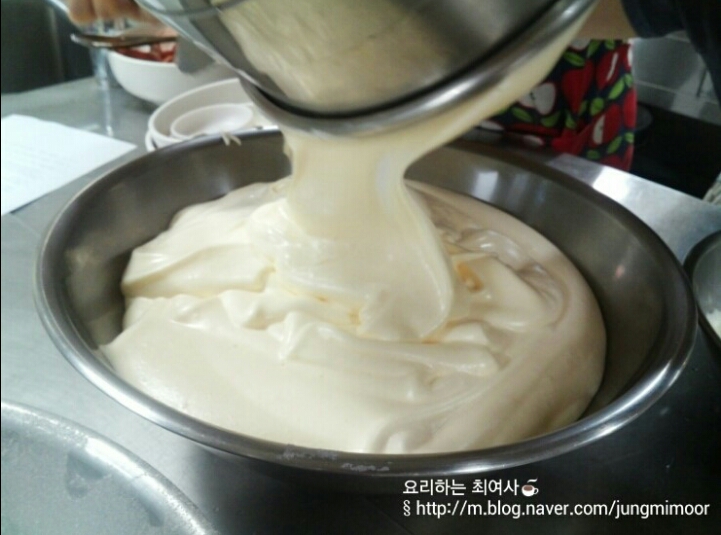 STEP 5/17Put the flour and baking powder in the main dough and use a rubber spatula to scoop up the bottom of the cheek in one direction and shake it off.
STEP 5/17Put the flour and baking powder in the main dough and use a rubber spatula to scoop up the bottom of the cheek in one direction and shake it off.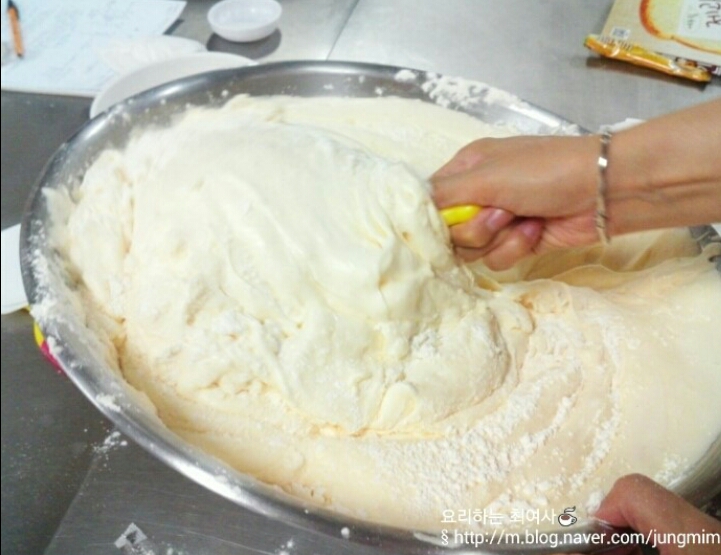 STEP 6/17Add the measured milk and mix it lightly
STEP 6/17Add the measured milk and mix it lightly STEP 7/17Put parchment paper on the iron plate and put scissors on the edge
STEP 7/17Put parchment paper on the iron plate and put scissors on the edge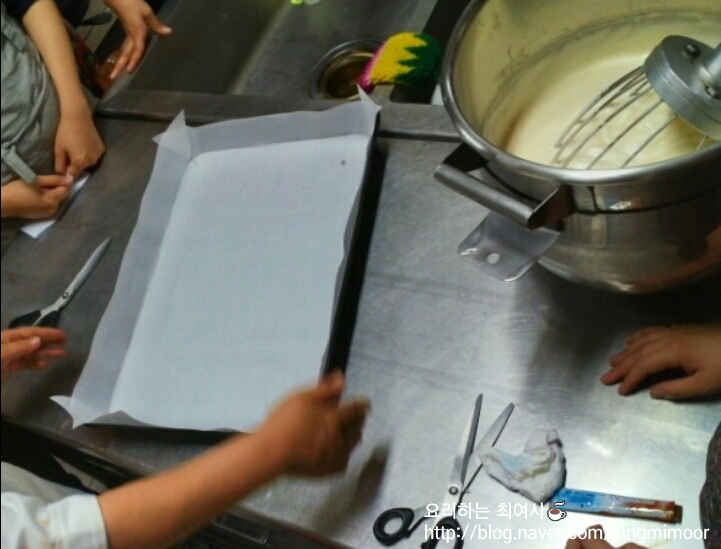 STEP 8/17Pour in the batter. Pan the iron panning on the iron plate you have at homeIt's an iron plate for a confectionery test.
STEP 8/17Pour in the batter. Pan the iron panning on the iron plate you have at homeIt's an iron plate for a confectionery test. STEP 9/17Take some of the dough out and mix it with caramel pigments to make brown, and pour the parchment paper into a funnel shape.
STEP 9/17Take some of the dough out and mix it with caramel pigments to make brown, and pour the parchment paper into a funnel shape.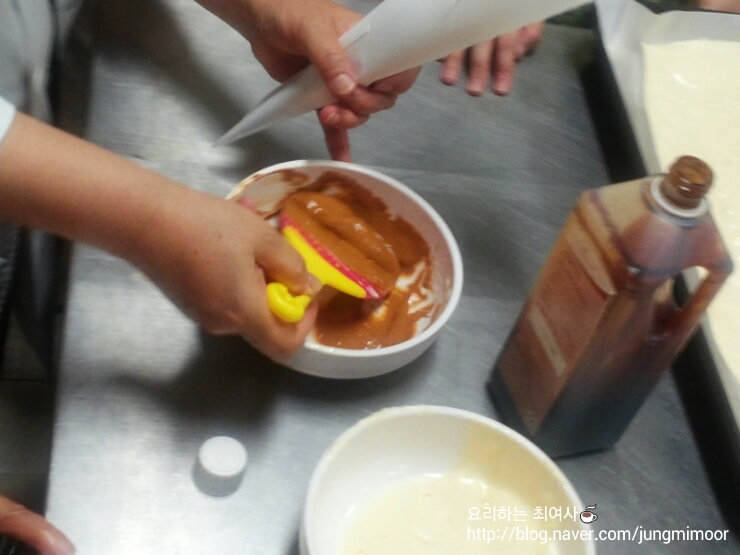 STEP 10/17After sealing the parchment paper in the shape of a funnel, cut the bottom a little with scissors to make an entrance (you can use a piping bag at home)
STEP 10/17After sealing the parchment paper in the shape of a funnel, cut the bottom a little with scissors to make an entrance (you can use a piping bag at home)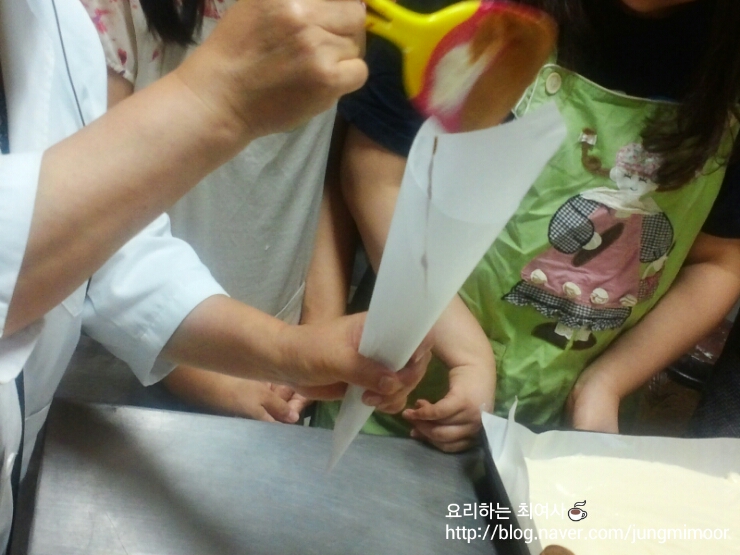 STEP 11/17Make zigzag shapes on the dough at regular intervals. The bottom part is rolled up, so it leaves space and patterns.
STEP 11/17Make zigzag shapes on the dough at regular intervals. The bottom part is rolled up, so it leaves space and patterns.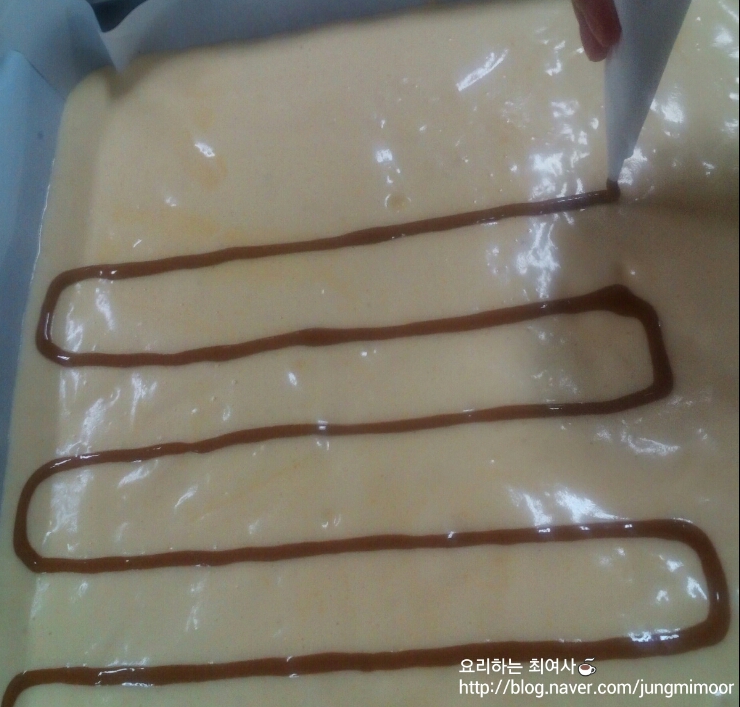 STEP 12/17Using chopsticks, draw it about 1cm deep and zigzag it at regular intervals.
STEP 12/17Using chopsticks, draw it about 1cm deep and zigzag it at regular intervals.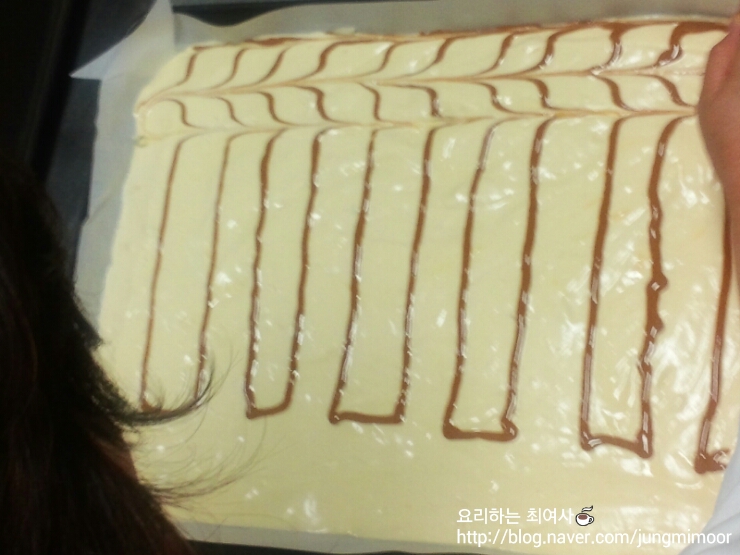 STEP 13/17It comes out like thisAs soon as the pattern is completed, it starts baking. Bake at oven temperature up 180/down 160 for 25 minutes or less
STEP 13/17It comes out like thisAs soon as the pattern is completed, it starts baking. Bake at oven temperature up 180/down 160 for 25 minutes or less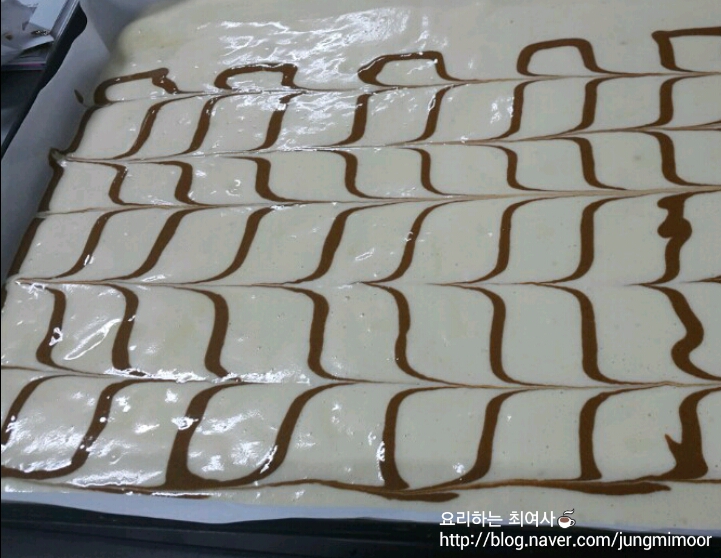 STEP 14/17Pour the baked dough directly over the soaked cotton cloth.
STEP 14/17Pour the baked dough directly over the soaked cotton cloth.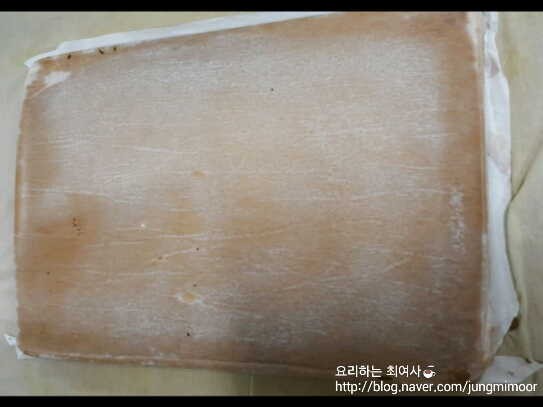 STEP 15/17Peel the parchment paper with care not to damage the dough.
STEP 15/17Peel the parchment paper with care not to damage the dough. STEP 16/17Using a spatula, spread the jam evenly, leaving only about 2cm above.
STEP 16/17Using a spatula, spread the jam evenly, leaving only about 2cm above.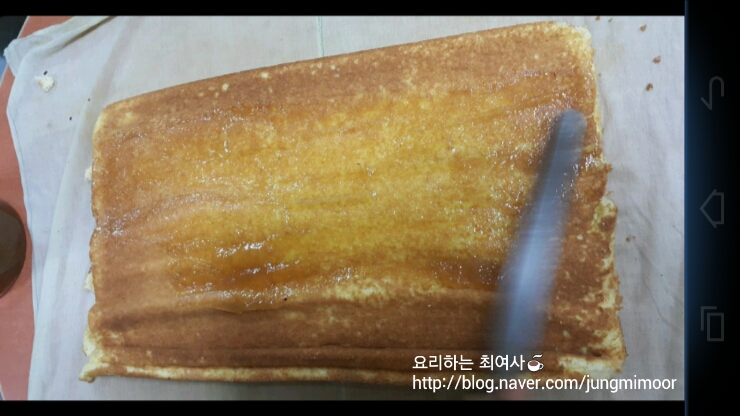 STEP 17/17Using a rolling pin, roll it hard at first, then relax, and roll it for a while so that it's fixed on the cotton cloth.
STEP 17/17Using a rolling pin, roll it hard at first, then relax, and roll it for a while so that it's fixed on the cotton cloth.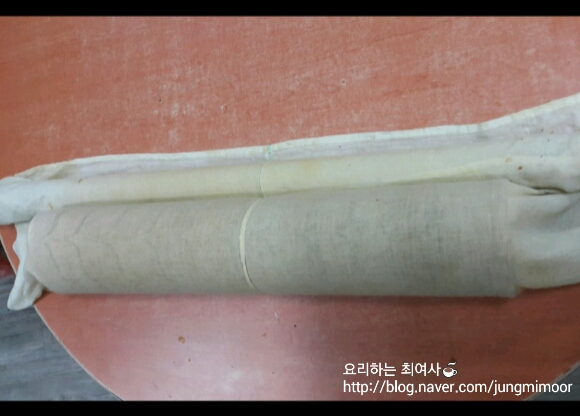 This combination is for the bakery functional test, so you can improve it by half at home according to the mixing rate
This combination is for the bakery functional test, so you can improve it by half at home according to the mixing rate
- stir-fried Rice Cake Recommended recipe
-
-
1
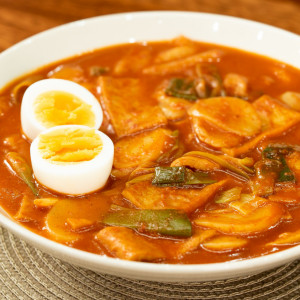 As expected, Jongwon Baek's golden recipe! Use the leftover rice4.56(32)
As expected, Jongwon Baek's golden recipe! Use the leftover rice4.56(32) -
2
 [Simple home cooking] 90% synchro rate, making Shinjeon tteokbok4.75(166)
[Simple home cooking] 90% synchro rate, making Shinjeon tteokbok4.75(166) -
3
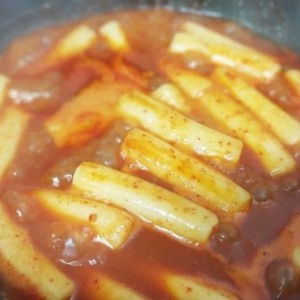 Making Baekjubu tteokbokki4.96(80)
Making Baekjubu tteokbokki4.96(80) -
4
 Soup tteokbokki - Soup of tteokbokki from a snack bar in front o4.89(212)
Soup tteokbokki - Soup of tteokbokki from a snack bar in front o4.89(212)
-
- Kimchi Recommended recipe
-
-
1
 Ruby's Sweet Potato Stem Kimchi from Jeolla Province4.89(36)
Ruby's Sweet Potato Stem Kimchi from Jeolla Province4.89(36) -
2
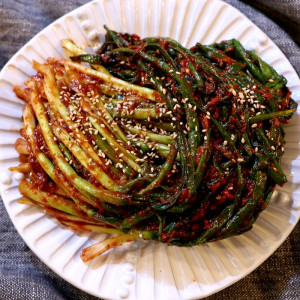 How to make green onion kimchi sweetly and deliciously4.95(239)
How to make green onion kimchi sweetly and deliciously4.95(239) -
3
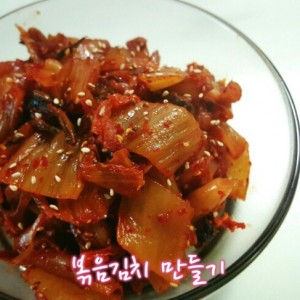 Making fried kimchi with side dishes! It's simple, but it's tota4.86(51)
Making fried kimchi with side dishes! It's simple, but it's tota4.86(51) -
4
 Make sure to make Lee Youngjapa Kimchi during "Omniscient Interf5.00(44)
Make sure to make Lee Youngjapa Kimchi during "Omniscient Interf5.00(44)
-